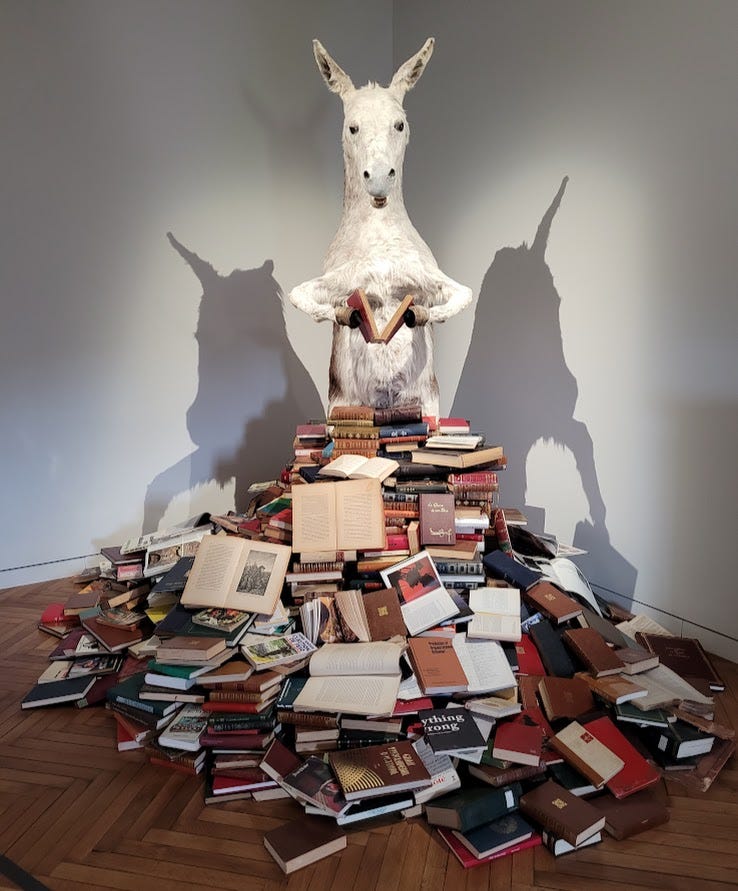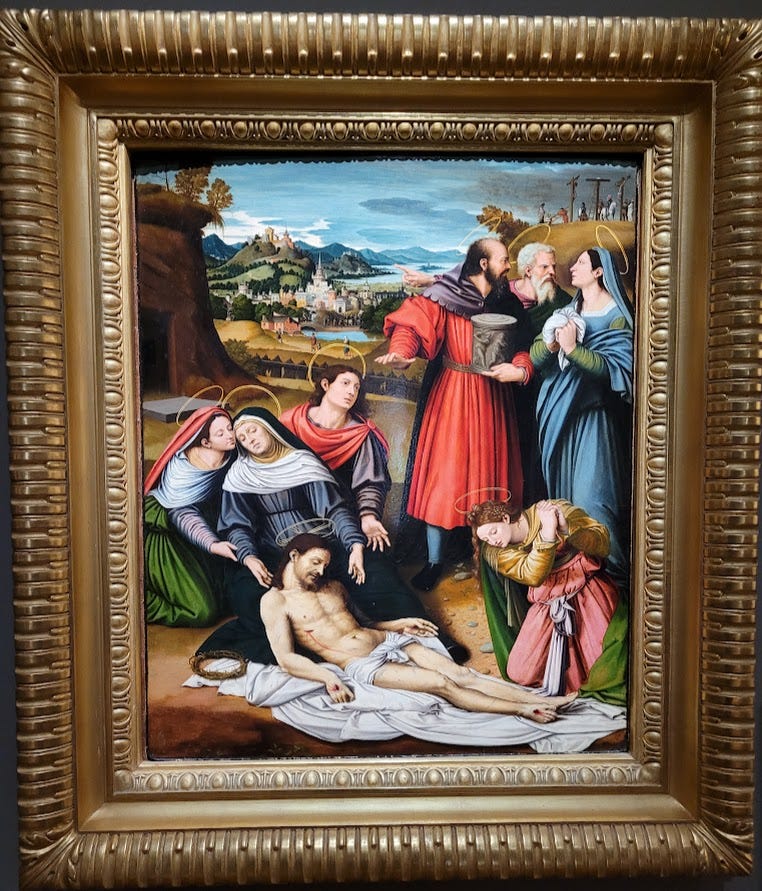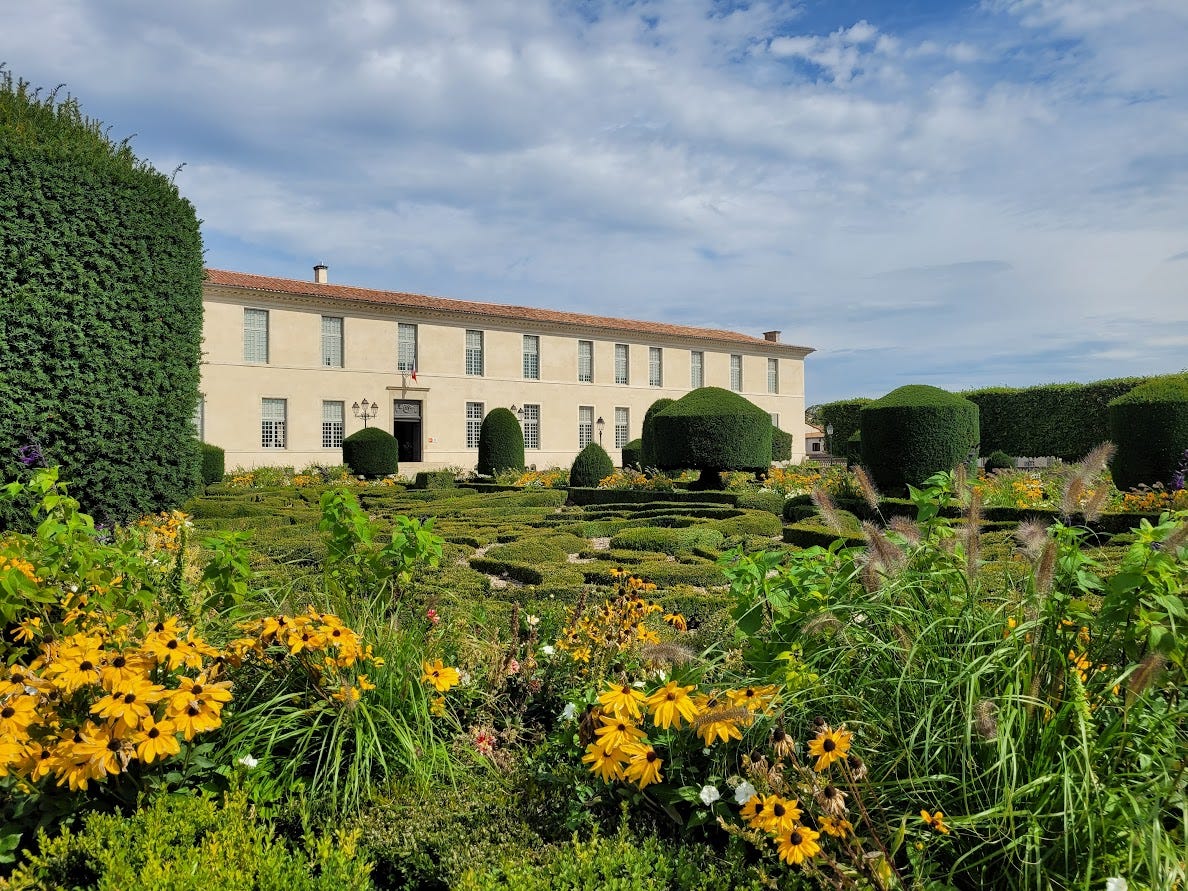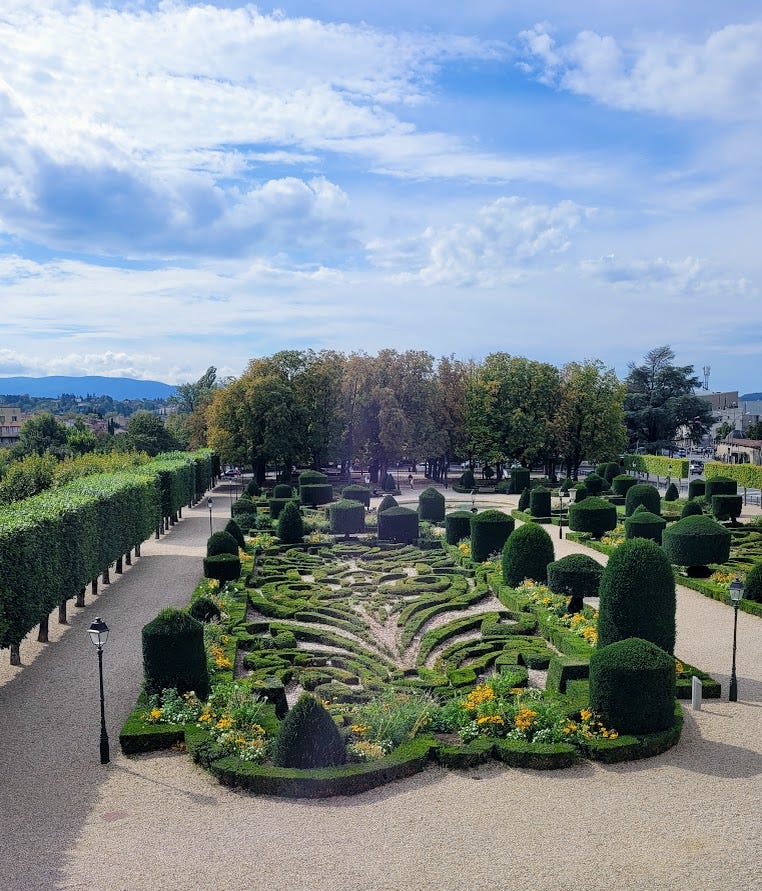As I wrote in my last post, Castres has been my favorite “France in Between” destination so far.
Overshadowed by its drop-dead gorgeous, UNESCO-crowned, prefectoral neighbor Albi, the city often gets short shrift, reduced to its talented and suitably burly rugby squad.
I don’t care for rugby, and I really don’t care for Francisco de Goya. (Goya? Read on.)
My Castres (il)logic went like this:
1. Castres is home to the Musée Goya
2. Goya is gloomy and terrifying
3. So, let’s just not be rushing off to Castres anytime soon
I was, of course, mistaken.
Here’s why:
1. Le Musée Goya ET d’Art Hispanique
Le Musée Goya is a misnomer: the museum displays only three paintings by the Spanish master, but houses the second-largest collection of Spanish art in France, after the Louvre.
I thought so. This is why you need to go to Castres.
Impeccably renovated and reopened to the public in 2023, the 22-gallery museum takes the visitor on an atmospheric visual journey through Spanish art from the Middle Ages to the 21st century.
Goya’s largest painting, The Junta of the Philippines, and a collection of his engravings, form the centerpiece – but take away Goya and you would still have one highly impressive museum.
A few personal highlights:
The museum presents some striking contemporary works, such as the installation “Asneria” (2010) by Pilar Abaraccin.
You can find a Picasso, if that is a priority for you.
It was nice to see the artist deforming a male figure for once.
Yet it was the extremely well-documented journey through earlier eras of Spanish art that drew me in the most.
Having expected an overload of tenebrism, I was struck by the luminous colors and intricate background detail of much of the religious art.
And I had never delved into the Spanish iconography of martyrdom, complete with severed heads and disemboweled babies. However, I’ll spare you my photos.
I learned about the specifically Spanish art form of bodegon, related to the term bodega. These still life paintings, less luxurious than their Flemish counterparts, depict everyday victuals, such as cabbage, herring, or even raw meat.
The gorgeous galleries add to the richness of the visit, and except for one irreverently loud group of Spanish tourists that flew through, I had the place to myself.
I invite you to hop over to the museum’s website to get a better overall effect from a professional photographer, which I am clearly not.
2. Le Jardin de l’Evêché designed by André Le Nôtre
The museum, as well as city hall, is housed in the former bishop’s palace. The diocese must have enjoyed some clout, as it was able to score a garden designed by André Le Nôtre, of Versailles fame.
It’s fairly unusual to find such a manicured garden here in the south, although I later learned that ten Le Nôtre gardens are scattered about Le Grand Sud.
The garden is proportional to the palace — don’t start thinking it’s all a “Petit Versailles” — but strolling around it offers a chance to experience Le Nôtre's work on an intimate scale.
3. La Cathédrale Saint-Benoît
The museum and the garden are across from the rather simple yet attractive Cathédrale Saint-Benoît, which had just closed for a major makeover that will take 6 years, divided into 4 18-month phases.
Technically, this “cathedral” is now a mere church and as such, is owned by the city rather than the nation.
When Castres dives into revamping itself, they go all out, so I’m sure they’ll do a smashing job with Saint Benoît — I’m putting 2030 on my calendar.
France in Between is a labor of love, and my trips are 100% self-financed.
The best way to send me some love back is to leave a comment, no matter how short and simple.












I smiled when I saw I was one of many who must have missed the Spanish section in the Louvre. It is a place possibly best being on a guided tour as we couldn’t find some areas we were looking for and in the end gave up. I’m glad you enjoyed your visit in Castres, Spain, and agree the gardens are amazing. Definitely the need for a full time gardener there.
Thanks to you, Castres is calling! I need to plan a trip to that area.